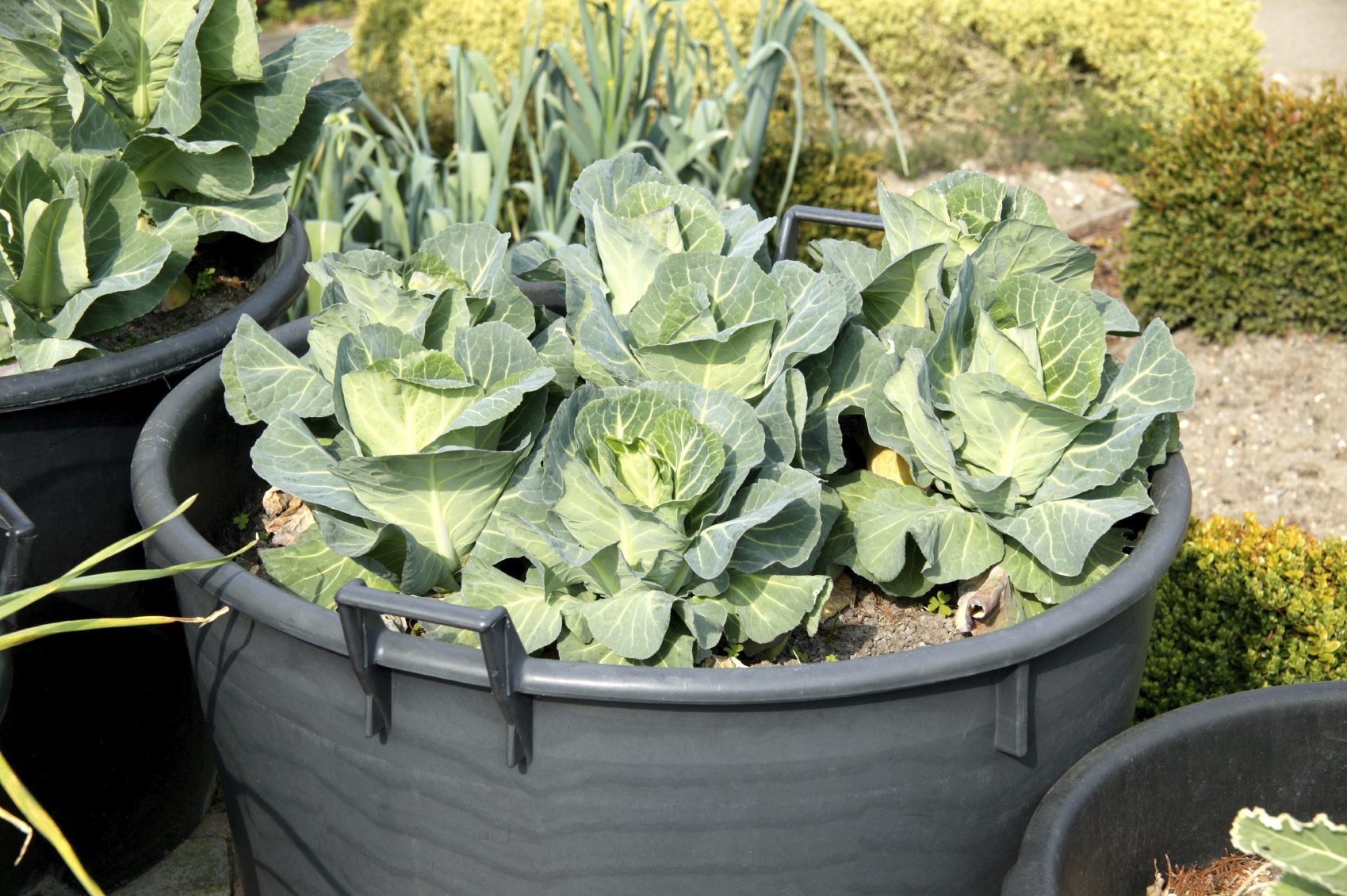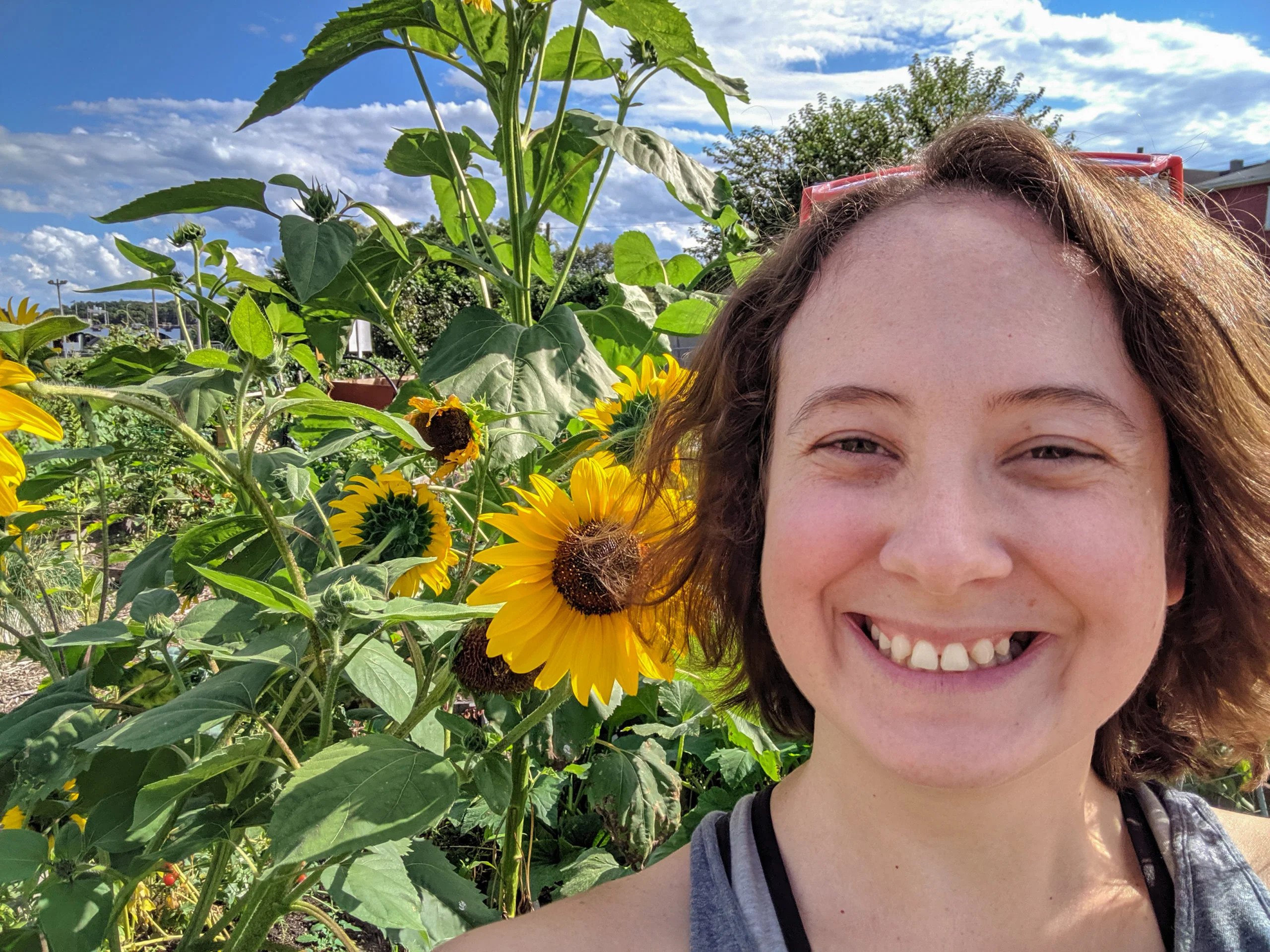Cabbage Container Care: Tips For Growing Cabbage In Pots


Growing vegetables in containers is a great alternative to planting them in beds in the ground. Whether you’re short on space, have poor soil, or can’t or don’t want to bend all the way down to the ground, containers can be just the thing you need. Keep reading to learn how to grow cabbage in containers.
Growing Cabbage in Pots
Can you grow cabbage in a pot? Of course you can! Growing cabbage in containers is easy, as long as you don’t crowd them. Cabbage plants can get huge, growing as high as 4 feet (1 m.) and nearly as wide. Limit your plants to one per 5-gallon (19 L.) container. Your container grown cabbage will still grow planted closer together, but the heads will be noticeably smaller. Cabbage grows best when the daytime temperature is around 60 degrees F. (15 C.) and, in most places, it can be grown as both a spring and fall crop. Start your seeds indoors four weeks before your last frost date in spring or six to eight weeks before your first frost date in autumn. Transplant your seedlings into your large outdoor containers when they’re about a month old.
Care for Cabbages in Pots
Cabbage container care can be tricky. Cabbage needs steady, frequent watering to encourage healthy growth. Don’t overwater, though, or the heads may split! Give your plants a good drink two to three times a week. Pests can be a real problem with cabbage, and while growing cabbage in containers gives you the great advantage of being able to use fresh, uncontaminated soil, even container grown cabbage isn’t completely safe. Put fabric around your young plants to prevent cabbage worms and cabbage root maggots from laying their eggs in the soil. Wrap the base of your plants’ stalks with cardboard or tin foil to thwart cutworms. If your container grown cabbage gets infected in any way, discard the soil at the end of the season. Don’t reuse it!
Sign up for the Gardening Know How newsletter today and receive a free copy of our e-book "How to Grow Delicious Tomatoes".

The only child of a horticulturist and an English teacher, Liz Baessler was destined to become a gardening editor. She has been with Gardening Know how since 2015, and a Senior Editor since 2020. She holds a BA in English from Brandeis University and an MA in English from the University of Geneva, Switzerland. After years of gardening in containers and community garden plots, she finally has a backyard of her own, which she is systematically filling with vegetables and flowers.